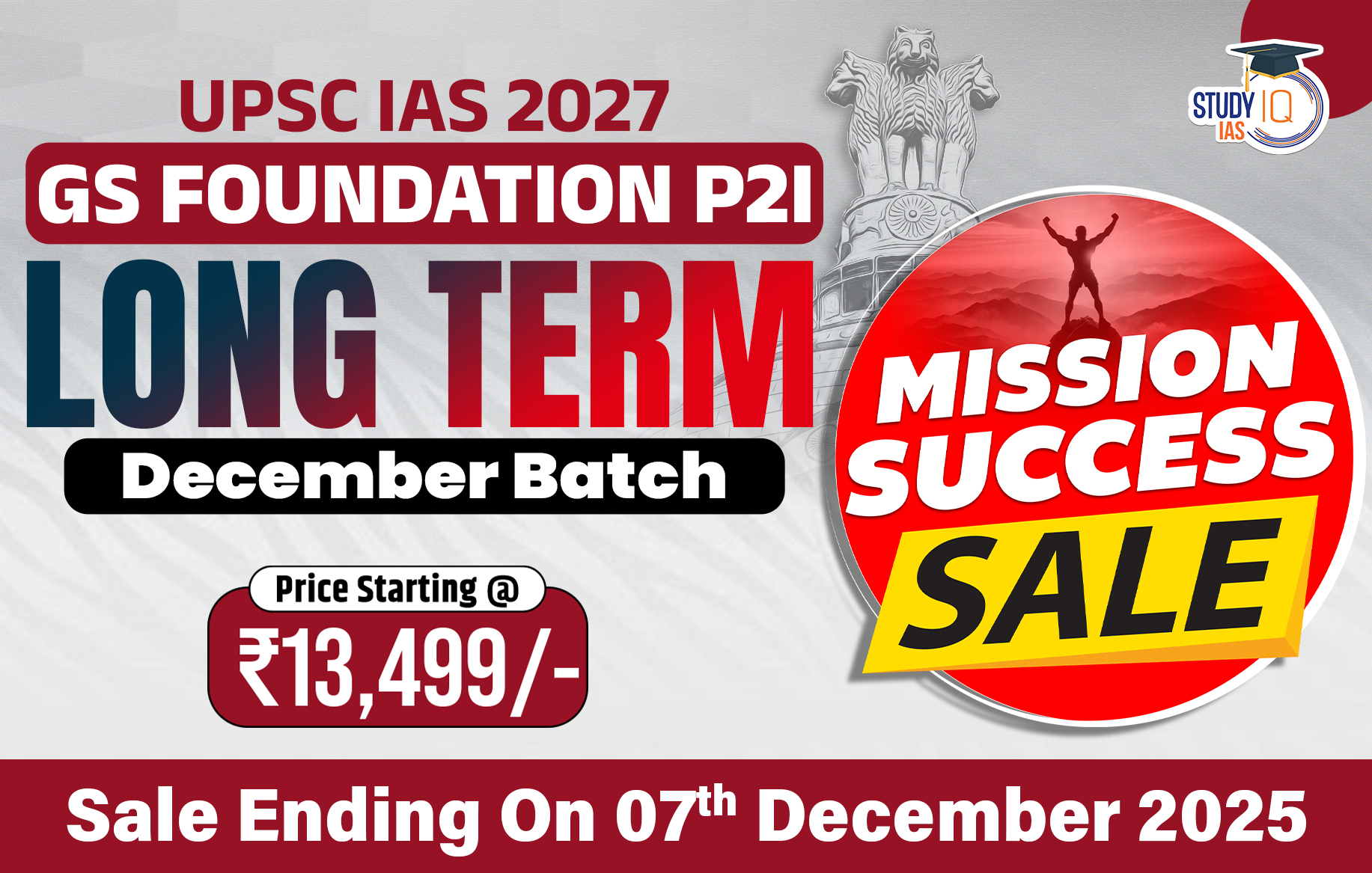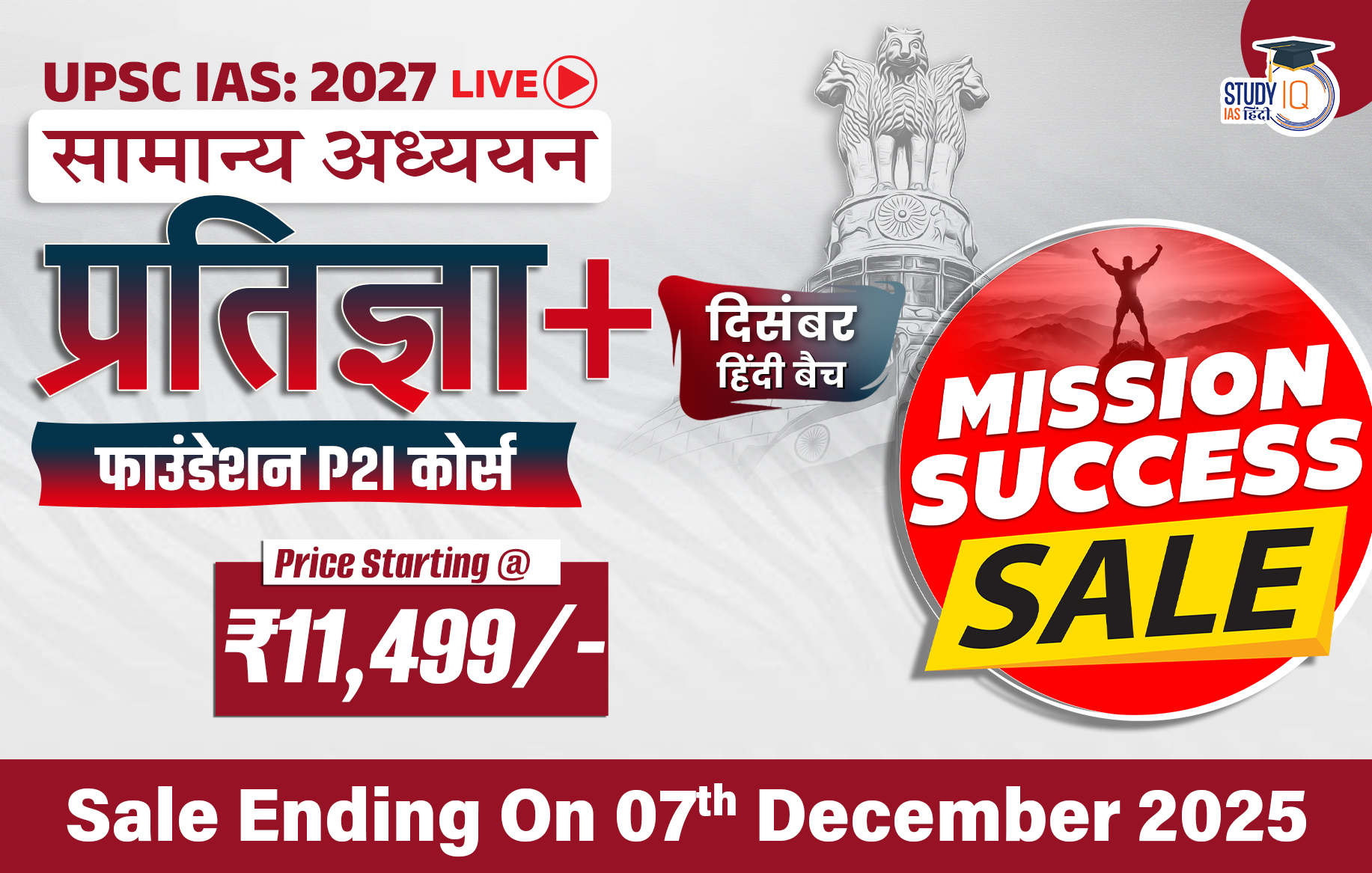Table of Contents
Context: As Prime Minister Narendra Modi completes 11 years, India’s macroeconomic indicators reflect significant growth and reduced poverty, yet challenges of inequality, subsidy inefficiency, and environmental sustainability persist.
Food and Fertiliser Subsidies in India
Subsidies on food and fertiliser are key elements of India’s agricultural support and social welfare systems. The subsidies work towards providing essential commodities at reasonable prices to the poor and helping farmers lower input prices, thus enhancing food security and farm productivity.
Food Subsidy
- Objective: Provide access to food grains at reasonable prices, particularly to the economically weaker sections.
- Implemented Through: Public Distribution System (PDS) and the National Food Security Act (NFSA), 2013
- Beneficiaries: More than 800 million individuals get subsidised food grains under the NFSA.
- Important Agencies:
- Food Corporation of India (FCI): It buys, stores, and distributes food grains.
- Ministry of Consumer Affairs, Food & Public Distribution
- Subsidy Mechanism: The Government buys rice, wheat, and coarse grains at Minimum Support Prices (MSP) and sells them at much lower issue prices.
Fertiliser Subsidy
- Objective: Make fertilisers such as urea, DAP, and MOP available to farmers at reasonable prices.
- Implemented By: Department of Fertilizers, Ministry of Chemicals and Fertilizers
- Subsidy Types:
- Urea Subsidy: Offered under a price-controlled regime.
- Nutrient-Based Subsidy (NBS): For P&K (Phosphatic and Potassic) fertilisers, subsidy is differentiated on the basis of nutrient content.
- Recent Reforms:
- Direct Benefit Transfer (DBT) for fertiliser subsidy at the retail level through Aadhaar-linked authentication.
- Drive for nano fertilisers and organic fertilisers to trim fiscal burden and environmental footprint.
Changes in India’s Economy (2014–2025)
- Nominal GDP Growth:
- 2014: $2.04 trillion
- 2025: $4.19 trillion (nearly doubled in 11 years)
- PPP-based GDP Expansion:
- 2004: $2.75 trillion
- 2014: $6.45 trillion
- 2025: $17.65 trillion (3rd largest globally)
- Per Capita Income in PPP terms improved:
- 2004: $2,424.2
- 2014: $4,935.5
- 2025: $12,131.8
- Significant Poverty Reduction: Extreme poverty (at $3/day) reduced from 1% in 2011 to 5.3% in 2022.
- Poverty at $4.20/day dropped from 7% to 23.9% during 2011–2022.
- Agriculture Sector Resilience: Average agricultural growth (2015–2025): 4% per annum (previously 3.5% under UPA).
Budget Allocation
2024-25 Union Budget Estimates:
-
Food Subsidy: Approx. ₹2 lakh crore+
-
Fertiliser Subsidy: Over ₹1.6 lakh crore (subject to global price trends)
Persistent Issues
- Income Inequality: Gini coefficient stable (~0.33–0.35), showing only moderate improvement.
- Low Per Capita Income Globally: India ranks lowest among G20 nations, below Sri Lanka and Bhutan in PPP per capita terms.
- Subsidy Inefficiencies: Large spending on food subsidy (Rs 2.03 lakh crore) and fertiliser subsidy (Rs 1.56 lakh crore), yet facing significant leakages and inefficiencies.
- Environmental Concerns: Imbalanced use of fertilisers causes soil, water, and air degradation.
- Rising dependence on fertiliser imports.
- Identification Challenges: Difficulty in accurately identifying and supporting tenant farmers.
Measures for Addressing Issues
- Subsidy Rationalisation (Food & Fertiliser): Shift from free grain distribution to targeted digital food coupons for nutritious foods (milk, pulses, eggs).
- Replace fertiliser subsidy with digital fertiliser coupons, promoting balanced fertiliser use and natural farming.
- Boost Inclusive Growth: Accelerate reforms for job creation, especially in rural and informal sectors.
- Enhance social infrastructure (health, education) to reduce inequality.
- Environmental Sustainability: Deregulate fertiliser markets to encourage innovation in eco-friendly products and methods.
- Promote organic and natural farming through targeted incentives.
- Improve Farmer Identification: Use advanced data triangulation to accurately identify tenant farmers.
- Extensive outreach to earn farmer trust before policy implementation.
- Political Communication: Leverage strong political leadership and effective communication strategies by the Prime Minister to ensure smooth policy transitions and gain public trust.


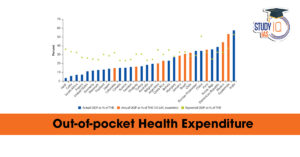 Out-of-Pocket Health Expenditure, Reason...
Out-of-Pocket Health Expenditure, Reason...
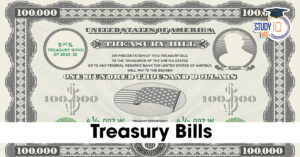 Treasury Bills (T-bills): RBI Cuts Holdi...
Treasury Bills (T-bills): RBI Cuts Holdi...
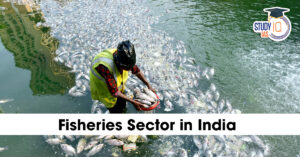 Fisheries Sector in India, Current Statu...
Fisheries Sector in India, Current Statu...

